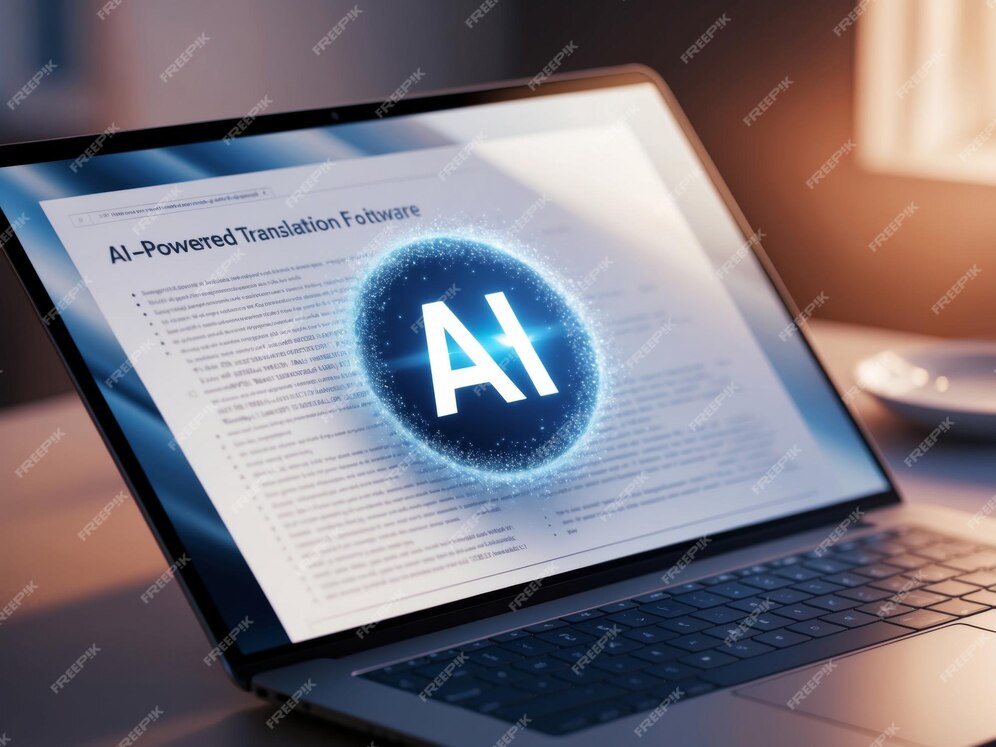In today's interconnected world, the ability to communicate across language barriers is more critical than ever. This is where machine translation (MT) comes into play—a rapidly advancing field at the intersection of linguistics, computer science, and artificial intelligence. But what exactly is machine translation? At its core, it's the use of software to translate text or speech from one language to another.
This article explores the world of machine translation, covering its history, how it works, and the technologies that drive it. We’ll also discuss the challenges and limitations it faces, as well as the potential it holds for the future. Whether you’re a language enthusiast, a tech lover, or just curious about how technology is bridging language gaps, this article provides a comprehensive overview of the fascinating world of machine translation.
**What is Machine Translation?**
Machine translation is the process of using software to automatically convert text or speech from one language to another. Its aim is to achieve what was once thought to be science fiction: a seamless and automatic way for people who speak different languages to communicate with each other.
Before computers, the only way to understand content in another language was to learn both languages or rely on a bilingual speaker for translation. In the 1950s, early pioneers like Warren Weaver began researching machine translation. However, the rule-based approaches of that time were limited in scope. Over the years, advancements in machine learning and AI have significantly improved the quality and accuracy of machine translation, enabling near real-time language conversion.
Today, machine translation is widely used in various contexts. It helps tourists navigate foreign lands and allows content creators and businesses to reach and engage a diverse, global audience.
**Types of Machine Translation**
1. **Rule-Based Machine Translation (RBMT):**
RBMT uses a set of linguistic, grammatical, and lexical rules to translate text from one language to another, similar to using a dictionary to translate word by word. This approach relies heavily on expert knowledge to create comprehensive rules, making it difficult to scale and often too rigid to handle dynamic language elements like slang and idioms.
2. **Statistical Machine Translation (SMT):**
SMT relies on statistical models and large datasets of parallel texts in different languages. By analyzing these texts, SMT software identifies patterns and correspondences between words and phrases, resulting in translations that are more fluent and adaptable than those from RBMT. However, SMT still struggles with idioms, complex sentences, and ambiguous translations.
3. **Neural Machine Translation (NMT):**
NMT uses artificial intelligence and machine learning to translate text, offering unparalleled flexibility and adaptability. NMT can produce highly accurate translations, even with complex sentences and expressions, and can capture nuances that make the output seem human-like. However, NMT's accuracy depends on the quality of its training data, and it requires significant computational resources.
4. **Hybrid Machine Translation (HMT):**
HMT combines two or more translation methods, such as using a neural network for primary translation while relying on a rule-based approach for specific contexts. This approach improves accuracy but can be more complex to develop and maintain, especially if it incorporates AI, which increases resource demands.
**Benefits of Machine Translation Software**
- **Speed:**
Machine translation enables the rapid conversion of large volumes of text, far outpacing human translators. For example, AI Speech pro can transcribe and translate an hour-long video in just a few minutes.
- **Cost-Effectiveness:**
Machine translation is much more affordable than hiring human translators. For instance, while a professional translator may charge up to $300 for a 1,000-word document, machine translation tools like AI Speech pro offer significantly lower rates.
- **Accuracy:**
Advances in AI and NLP have greatly improved the accuracy of machine translations, often eliminating the need for human editing.
- **Language Options:**
Machine translation tools provide instant access to a wide range of languages, enabling businesses and individuals to reach a global audience with consistent translations.
- **Productivity:**
By automating translation tasks, machine translation tools free up time for more creative and strategic activities, boosting overall productivity.
**How to Use Machine Translation Tools**
Using machine translation software is straightforward. For example, with AI Speech pro, you can upload a video, transcribe the audio, and translate the text into over 99 languages—all within minutes.
**AI-Powered Machine Translations from AI Speech pro**
Machine translations have advanced to new levels of precision and accuracy. AI Speech pro, an AI-powered tool, offers fast and accurate translations in over 99 languages, along with transcription services that allow you to easily extract text from videos. Experience the future of AI transcription with AI Speech pro, and make your content accessible to a global audience.
Ready to expand your reach? Try AI Speech pro’s translation platform today with a free trial.
